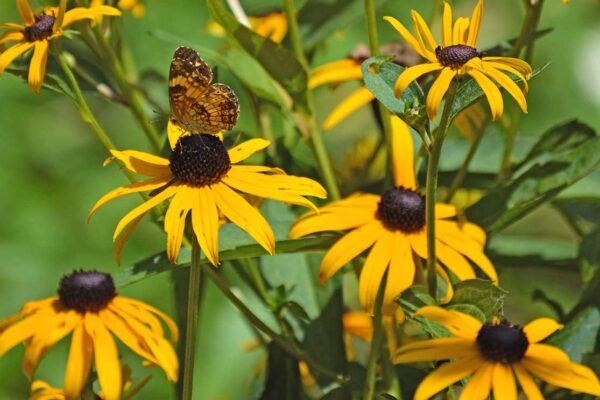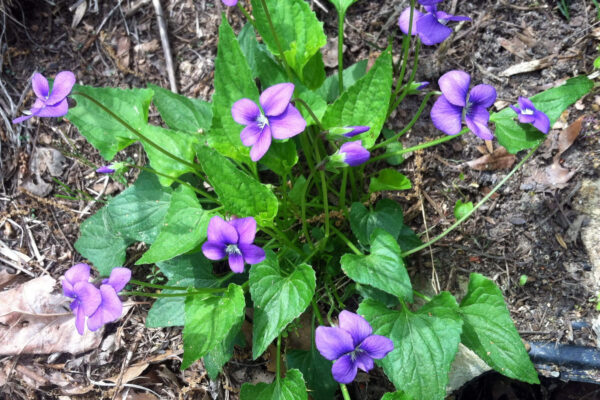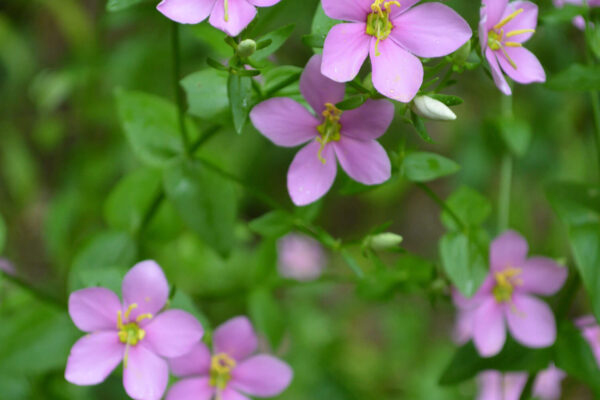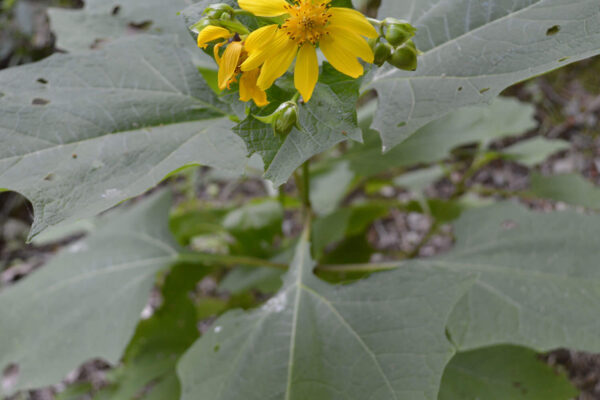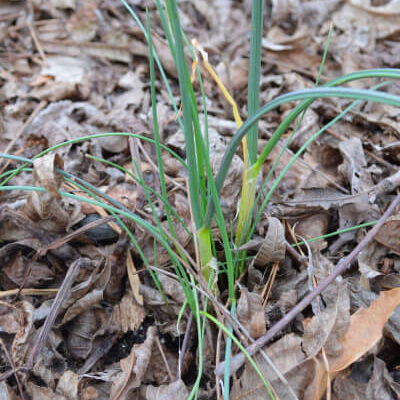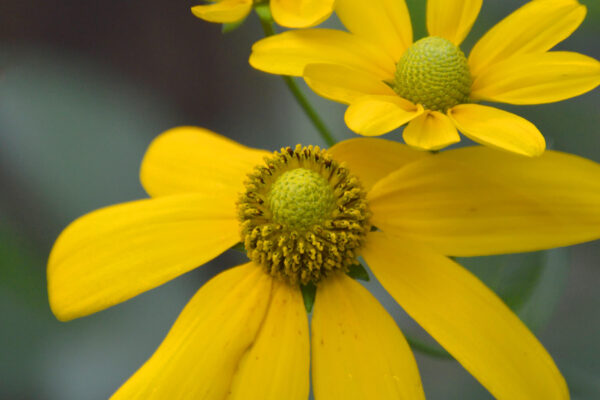Black-eyed Susan is My Favorite Plant-It-And-Forget-It Flower: If you're looking for a plant-it-and-forget-it type of plant that still produces lots of flowers AND attracts pollinators, then look no further than the black-eyed Susan (Rudbeckia hirta). This easy-to-grow wildflower is found throughout North America, alongside roads, in grassy …
plant identification
Common Blue Violet (Viola sororia)
The little purple-blue flowers of common blue violet are blooming all over my grass under the trees, where it stays moist for long periods of time. I always try to mow around them as much as I can so that I can enjoy the wildflowers. They bloom in early spring into early summer, from April to June and sometimes July. Common Blue Violet Plant …
Rosepink (Sabatia angularis)
This beauty can be found growing in the majority of the United States. It is native to the eastern U.S. - as far east as Kansas and Illinois, down to New Mexico, and north to Wisconsin. It is also native to Ontario, Canada. It is hardy in USDA zones 5 to 9. Its vibrant pink or white flowers bloom in July through September and are about 1 inch in …
Bear’s Foot or Hairy Leafcup
Native to the eastern United States, up to Michigan, and across to Texas and Kansas (see the distribution map), this perennial plant can be found in forest gaps, along the edges of fields and forests, in thickets, bottomlands, and grasslands. It can grow in full sun or part shade and tolerates a wide range of soil moisture conditions. Bear's …
How to Identify Wild Garlic and Get Rid of It
Wild Garlic (Allium vineale) can be difficult to remove from your garden. If you see one leaf, then you can be sure that more will soon be on its way. It’s not native to the U.S. and was introduced from Europe. Garlic is perennial, grows in clumps, and has hollow, round, grass-like leaves. If you’re not sure if that’s what you have in your yard, …
Continue Reading about How to Identify Wild Garlic and Get Rid of It
Cutleaf Coneflower: Rudbeckia laciniata
Native to North America, this tall flowering perennial in the Asteraceae family makes a statement in my garden. Not only is it a prolific bloomer, but it also attracts all sorts of insects – bees, butterflies, and other insects. With a height of almost 6 feet, it towers around the base of the sycamore that I have it planted around. The leaves …
Continue Reading about Cutleaf Coneflower: Rudbeckia laciniata

